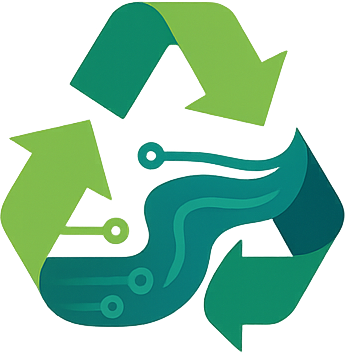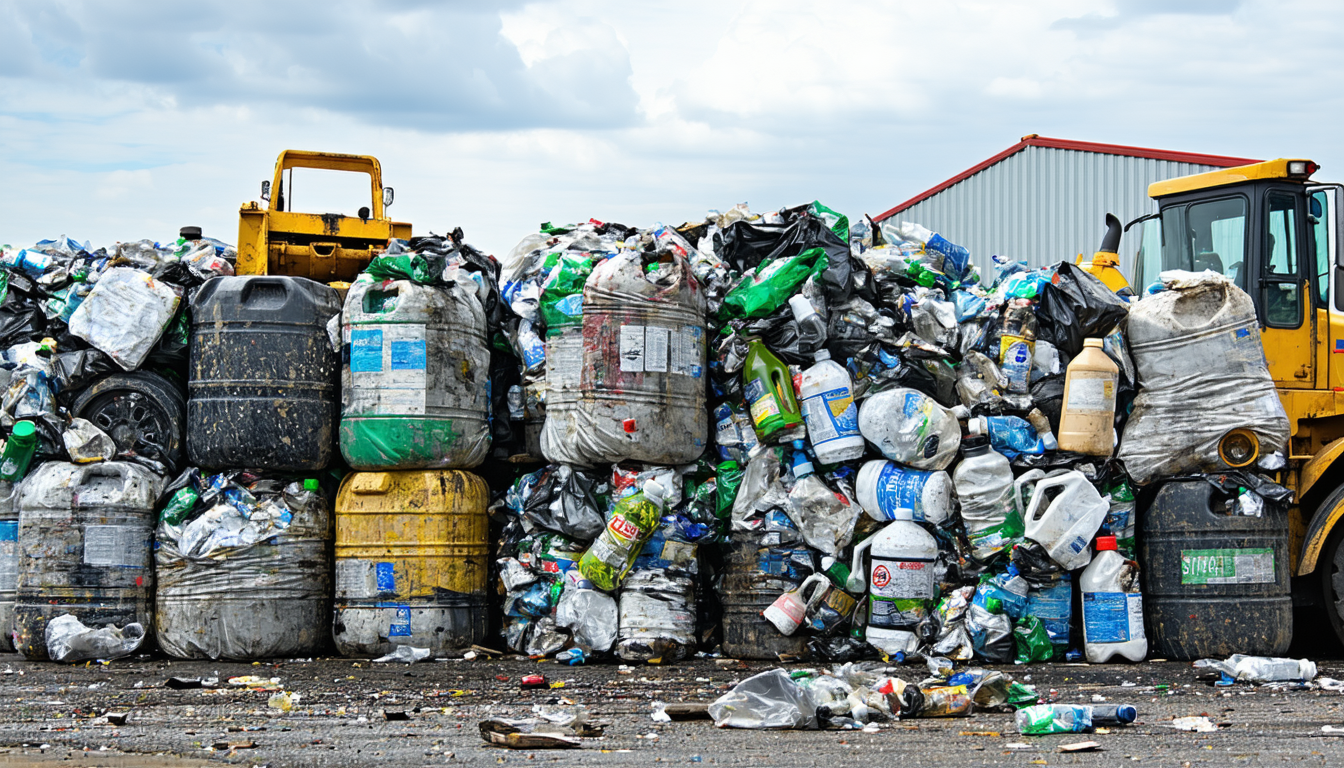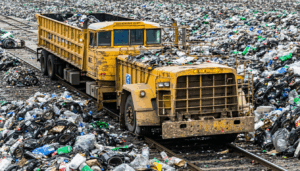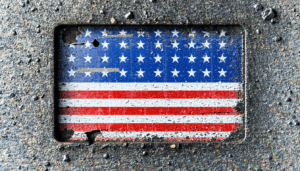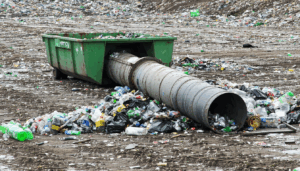In the United States, the safe disposal of hazardous waste remains a pressing concern for communities, businesses, and environmental agencies. With growing industrial activity and stricter regulations, finding reliable options for “hazardous waste disposal near me” has become a priority for many. This article explores the latest developments in hazardous waste management across the country, including new facilities, regulatory changes, and resources to help individuals and companies dispose of dangerous materials responsibly. Stay informed about how these updates impact your local area and the environment at large.
The Growing Need for Hazardous Waste Disposal Near Me
Hazardous waste, which includes chemicals, batteries, paints, and medical waste, poses significant risks to public health and the environment if not handled properly. The U.S. Environmental Protection Agency (EPA) estimates that over 30 million tons of hazardous waste are generated annually in the nation. Improper disposal can lead to soil contamination, water pollution, and severe health issues, making accessible disposal options critical.
In recent years, public demand for local solutions has surged. Many Americans are searching for convenient and compliant ways to manage hazardous materials, often typing “hazardous waste disposal near me” into search engines. This trend has prompted federal and state governments to enhance infrastructure and awareness campaigns.
Recent Developments in U.S. Hazardous Waste Management
In 2023, several states have expanded their hazardous waste collection programs to address this growing need. For instance, California launched a new network of drop-off locations in rural areas, ensuring that even remote communities have access to safe disposal. Similarly, Texas introduced mobile collection events, hosting over 50 events in the past year alone to collect household hazardous waste.
The EPA also updated its guidelines in September 2023, tightening rules for businesses generating large quantities of hazardous materials. These regulations aim to reduce illegal dumping by imposing stricter penalties and requiring detailed reporting. According to Dr. Emily Harper, an environmental scientist at GreenSafe Solutions, “These changes are a step forward in holding industries accountable while protecting our ecosystems.”
Impact on Communities and Businesses
For local residents, these updates mean greater access to disposal services but also a learning curve. Many are unaware of what qualifies as hazardous waste or where to take it. State programs are now focusing on education, with online tools and hotlines helping people locate facilities by searching “hazardous waste disposal near me.”
Businesses, especially small enterprises, face increased compliance costs due to new regulations. However, industry leaders see long-term benefits. John Mitchell, CEO of WasteGuard Inc., notes, “Investing in proper disposal now prevents costly cleanups and legal issues down the line.”
How to Find Disposal Options in Your Area
Navigating hazardous waste disposal can be daunting, but resources are available. Here are some practical steps to locate services near you:
- Visit the EPA Website: Use their interactive map to find certified facilities by entering your zip code.
- Check State Programs: Many states offer free or low-cost collection days for household waste.
- Contact Local Waste Management: Municipal offices often provide lists of nearby drop-off points.
- Use Online Tools: Apps like RecycleNation help identify locations for specific materials.
These tools ensure that whether you’re a homeowner or a business owner, safe disposal is within reach.
Future Outlook and Environmental Implications
Looking ahead, experts predict further advancements in hazardous waste management. Innovations like chemical recycling and on-site treatment technologies could reduce the need for long-distance transport of dangerous materials. Additionally, federal funding for cleanup projects is expected to increase under the 2024 budget proposals, targeting contaminated sites nationwide.
The significance of these efforts cannot be overstated. Proper disposal prevents environmental disasters and safeguards public health, ensuring cleaner air and water for future generations. As policies evolve, balancing economic growth with sustainability will remain a key challenge.
On the flip side, some critics argue that stricter regulations burden small businesses disproportionately. They call for more financial assistance or exemptions for smaller entities. While debates continue, most agree that collaboration between government, industry, and communities is essential for progress.
In conclusion, staying informed about “hazardous waste disposal near me” is vital for every American. From new facilities and regulations to accessible online resources, recent developments offer hope for safer waste management. By taking advantage of local programs and advocating for sustainable practices, we can collectively protect our environment.
Frequently Asked Questions (FAQ)
1. What qualifies as hazardous waste?
Hazardous waste includes materials that are toxic, flammable, corrosive, or reactive, such as paints, solvents, batteries, and certain cleaning products.
2. How can I find hazardous waste disposal near me?
Use the EPA’s online locator tool, check your state’s environmental agency website, or contact local waste management services for nearby facilities.
3. Are there fees for disposing of hazardous waste?
Fees vary by location and material type. Many household collection programs are free, while businesses may incur costs based on volume.
4. What happens if I dispose of hazardous waste improperly?
Improper disposal can lead to fines, environmental damage, and health risks. Always use certified facilities to avoid legal and ecological consequences.
5. Can I recycle hazardous waste?
Some items, like batteries and electronics, can be recycled at designated centers. Check with local programs for specific guidelines.

